If you look up in the trees near the Lake House at the Inn on Mill Creek in the spring or summertime and see a blue-colored bird perched at the very top, and he’s singing, and singing, and singing some more, and you go out for an afternoon of sightseeing and come back and there he is, still singing, then you’ve met the Indigo Bunting. [Photo below of two Indigo Buntings by our guest, Sharon Hurst]
Warm weather residents of the area around the Inn on Mill Creek Bed & Breakfast in the western North Carolina mountains, the Indigo Buntings typically arrive in mid-Spring from their winter homes in south Florida and South America. So if you’re in our neck of the woods in from May through August, you have the opportunity to see one or more of these blue beauties.
Indigo Buntings eat berries, tree leaf buds, insects and small seeds. And the fact that they like to snack on small seeds makes them a regular visitor to the birdfeeders at the Inn. This May in particular, we’ve seen a number of Indigo Buntings at our feeders, as evidenced by all the photos on this blog post! So we’re giving this bright blue bird the May spot in our 12 Months of Birding at the Inn series.
Here are some rather interesting facts we learned about the Indigo Bunting from the Cornell Lab of Ornithology:
- They’re night migration birds, using their internal clocks to adjust their angle of orientation to the stars.
- They aren’t really blue…meaning, rather than having blue pigment, Indigo Buntings have “microscopic structures in the feathers that refract and reflect blue light”, which is the case with all blue-colored birds.
- Their songs can vary if Indigo Buntings live a few hundred yards from each other, but if they are close enough to each other, they’ll share nearly identical songs and pass those songs on to young Indigo Buntings living in the same “song neighborhood”. For upwards of 20 years, the song in an area can remain the same, gradually changing as new singers add variations.

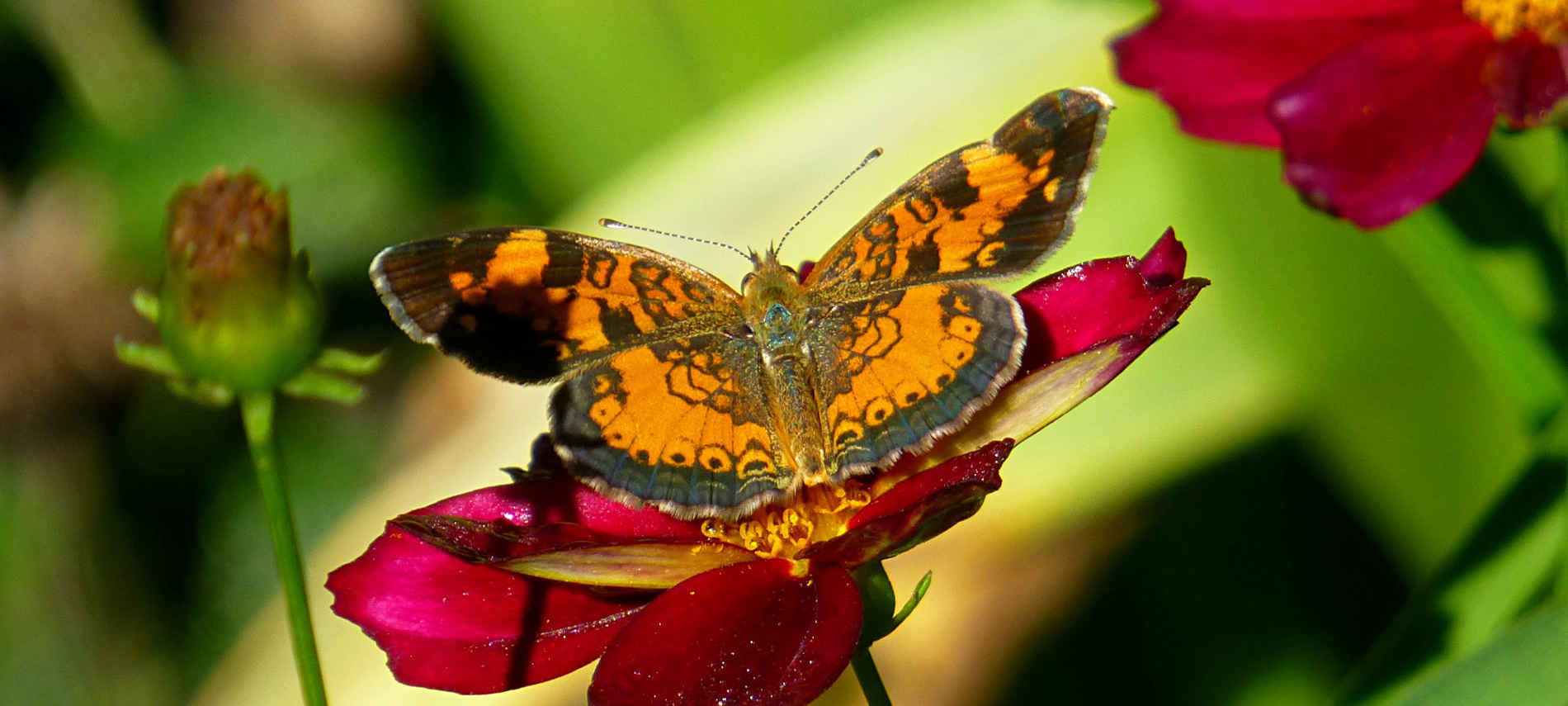
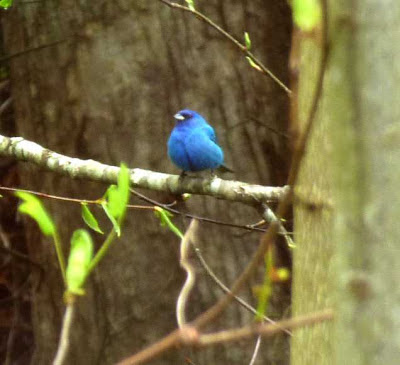
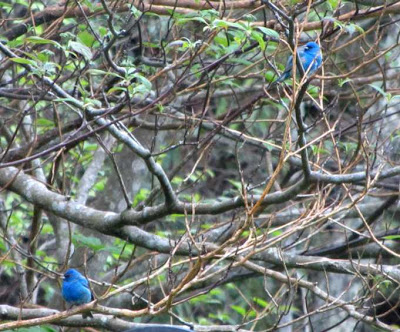
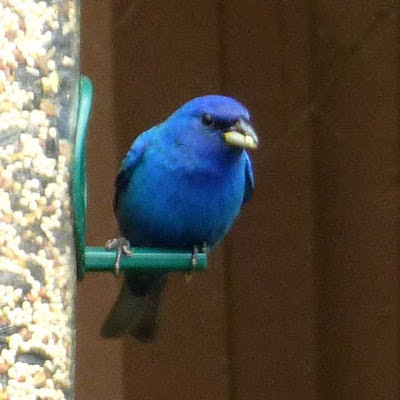
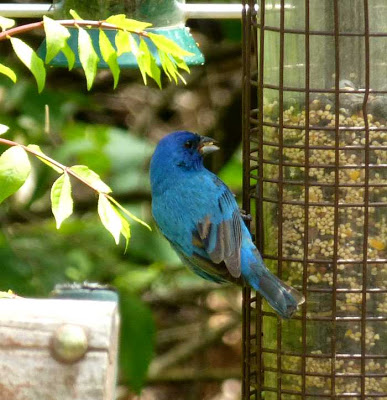
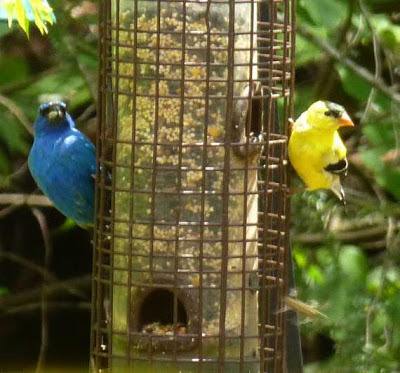
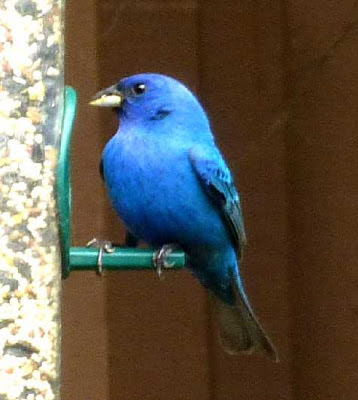
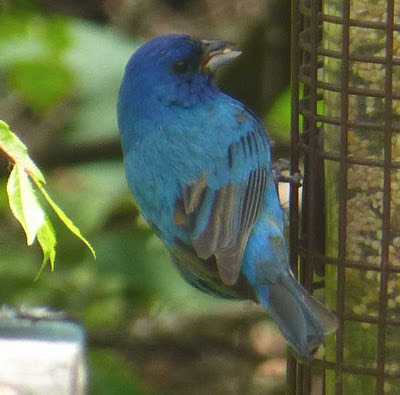
I just saw my first indigo bunting at my home in Creston this morning! So excited!!!
That is awesome! They love sunflower seeds, so if you have feeders, they may stick around for the summer season.
I have one in my yard..I live Va..he is so beautiful..i have lived here for ten years and I have never seen one..
Very exciting!! They’re usually in our neck of the woods between late April and August, and tend to come and go over the years. Last year, we did not see any, but this year we have had sightings. Hopefully, yours will bring lots of enjoyment this year and come back next year. They are so beautiful.
Just saw a pair. First time. Beautiful! Loved in N.C. less than a year and getting to know my birds.
Awesome! They are one of our favorite birds for sure.
saw one last night for the first time. What a handsome fellow!
That’s wonderful! We think they’re handsome, too.
Concord NC 4/17/21 beautiful bird first time I have seen one
I just saw one in Morganton nc
I always have a family every year. I put out the premium tiny seeds in tube feeder. I also think they will eat off ground if seed is scattered. They are shy, so may need to put feeders near edge of yard where they will feel safe. Beautiful birds.
Oh, I live in Watauga County NC
In South Park area I have a beautiful one in the tree outside of my bathroom window he’s not too smart he he crashes into the window regularly and I’ve told my mom I’d be surprised if he didn’t have a concussion yet
Just saw one in Wilkes county North Carolina on my bird feeder
That’s so great to hear! Was wondering when we would see or hear our first ones of the season and then one was singing yesterday here in eastern McDowell so they are definitely getting back to the neighborhood!
Just saw a male at my feeder in Edgemont, NC along Wilson creek.
Beautiful!!
They are so stunning, aren’t they? One of our favorite birds for sure.